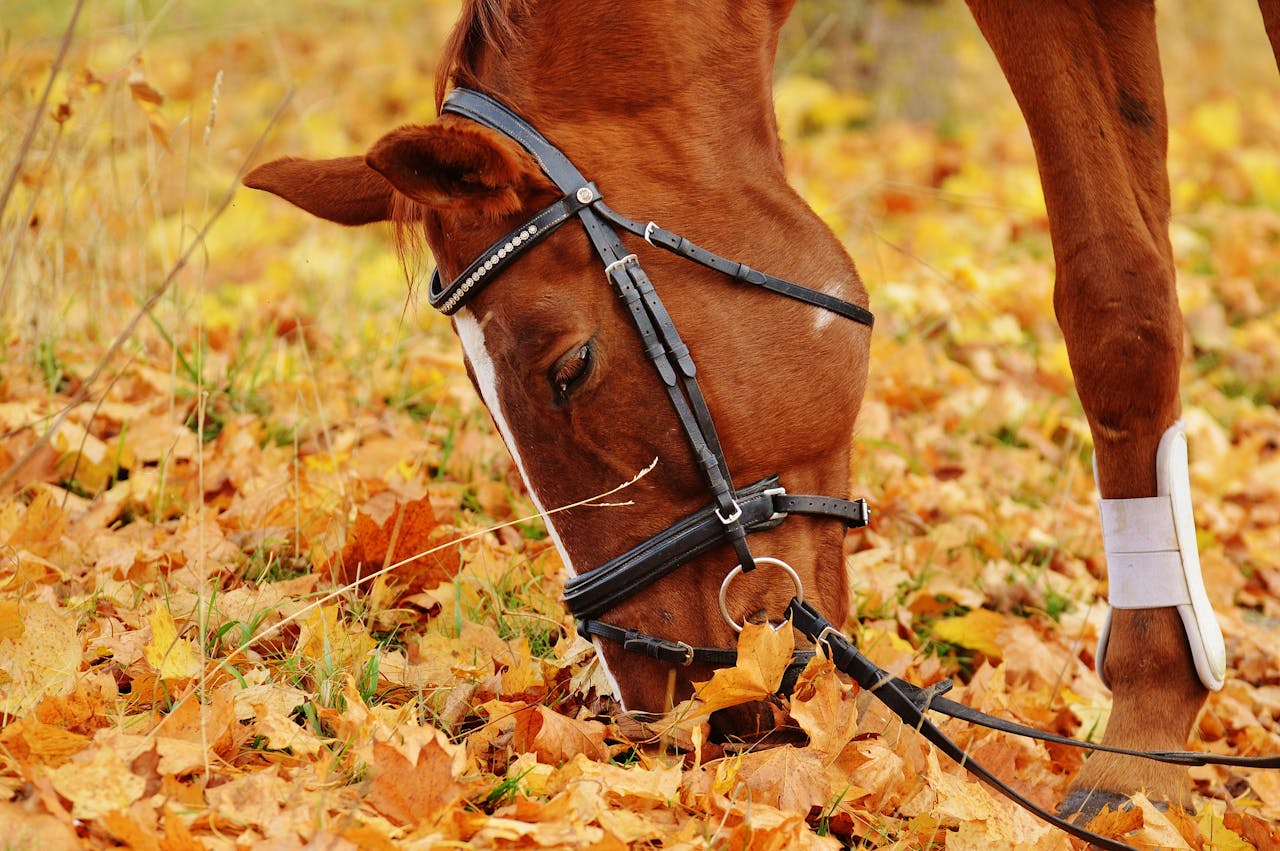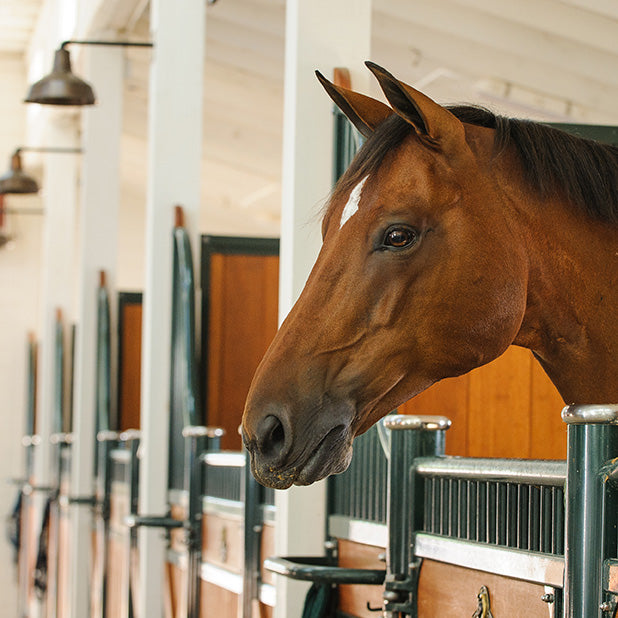5 Questions that help make the right choice. Bitting is a complicated topic, but I hope to make it a little easier for you to ask yourself the right questions. The answers to those questions can then be your guide to finding the right bit.
- What lies beneath (the muzzle)?
The muzzle is a sensitive, complex part of the horse’s sensory system. In the best case scenario – suitable bit and sensitive, light hands - it is therefore also a perfect ‘communication hub’ between rider hand and horse brain. In the worst case scenario – the wrong bit and rough rein influence – it becomes the scene of torture. We need to look beneath the muzzle to determine:
- How wide is your horse's lower jaw?
- How concave or flat is the cavity of your horse's palate?
- What is the angle/shape of your horse’s ‘bars’ (the toothless lower part where the bit rests)? Is it shaped like a roof, with a small contact area? Or is the contact area flat, wide and fleshy or anything in between?
- How thick is your horse's tongue?
- Last not least: Any old injuries/scars/odd tooth arrangement or presence of ‘wolf teeth’?
Lift your horse’s lip, feel around, carefully grab the tongue, stroke over the bars, touch the palate and explore its shape, open your horse’s mouth and observe any visual clues. In other words:
familiarize yourself with the landscape of your horse’s mouth.
- What does the exterior of the muzzle look like?

Explore the external muzzle.
After you have explored the inside of your horse’s mouth through palpation and visual exploration, it is time to look at the outside.
- How long is your horse’s mouth (meaning the opening, where does the corner of the mouth end relative to the nostril)?
- Do you notice any chafing or cracking, warts, or scarring?
- How deep is the chin groove?
- How fleshy is the muzzle?
These factors – in combination with the factors above – are important when it comes to choosing the right bit and bridle. (E. g.: A horse with a short mouth will not do well with a dropped noseband. A horse with a long mouth does not need ‘2 wrinkles’ to have the bit in the right position.)
- What is the horse’s personality?
- Energy level: Anything from laid back or ‘pokey’ to forward and energetic. Rate your horse on a scale from 1-10, with 10 being the highest energy level.
- Strong-mindedness: Even with the best of training, there are horses, who insist on their own agenda more often than other, more agreeable types. It is important to be realistic about this. (No excuses! Bad training does not count!) Rate your horse on a scale from 1-10, with 10 being the most strong-minded.
- Sensitivity: This plays a bit into the physical make-up and also the history of the horse. A former school horse can be quite dull in the mouth (mentally and physically), another horse has lots of sensitive nerves and reacts to the smallest closing of the hands. Rate your horse from 1-10, with 10 being the most sensitivity.
NOTE: If you are unsure because the horse may be new to you, take your time and enlist the help of a friend or trainer to gently and respectfully explore the respective area with your horse.
- What is the horse’s job and training level?
Considering the horse’s riding discipline and training level is key. Rate your horse on a scale from 1-10, with 10 being the highest level that can be attained in your discipline.
- What can be expected by the rider?
What type of rider will handle this horse’s reins? Rate the skill level as it pertains to a) independent seat and b) careful and sensitive use of the reins and soft hands, on a scale from 1-10, with 10 being a very balanced rider with skilled, soft hands.
Some general rules of thumb:
- A young horse and/or a horse with little training should have the gentlest bit possible. The Herm Sprenger Dynamic RS snaffle bit, for example, can be a good choice.
- Bits with leverage or double bridles only belong into the mouths of horses with the appropriate training level and under a skilled rider.
- Rider safety is first. If you ride competitive trail or endurance, for example, and you have a high-strung animal, you need to take this into consideration. And yes, bits sometimes do stop horses.
- A simple snaffle bit of some type will do fine for most applications – from dressage over trail riding to show jumping - if horse and rider are appropriately trained.
- Snaffle bits with leverage are especially harsh bits! (This includes the 'Tom Thumb' bit!)
- The best-fitting bit can become an instrument of torture under a tight noseband.
- Broken snaffle bits (French link, for example) are not necessarily gentler. It depends on the horse!
TIP: For horses with difficult mouth anatomy (thick tongue plus narrow jaw and low palate, for example), or horses with learned bit aversions, try a Meroth leather snaffle. Be sure to not purchase 'copy cat' products, as they may contain toxic tanning agents. And only the Meroth bit is 100% leather without steel or plastic core, therefore extra gentle.
Write the results of you explorations on a sheet of paper. Also list your concerns and questions, then contact several bit experts and ask what bit they would recommend for your particular horse and situation. Chose the bit and answer that makes the most sense to you.
Your horse will be the last judge!
As always,
be well and enjoy your horse!  Stefanie Reinhold
Stefanie Reinhold There is a general lack of good, reliable resources and information on the topic of 'bits and bitting'. Here some
resources you might want to explore:
 Stefanie Reinhold There is a general lack of good, reliable resources and information on the topic of 'bits and bitting'. Here some resources you might want to explore:
Stefanie Reinhold There is a general lack of good, reliable resources and information on the topic of 'bits and bitting'. Here some resources you might want to explore:



